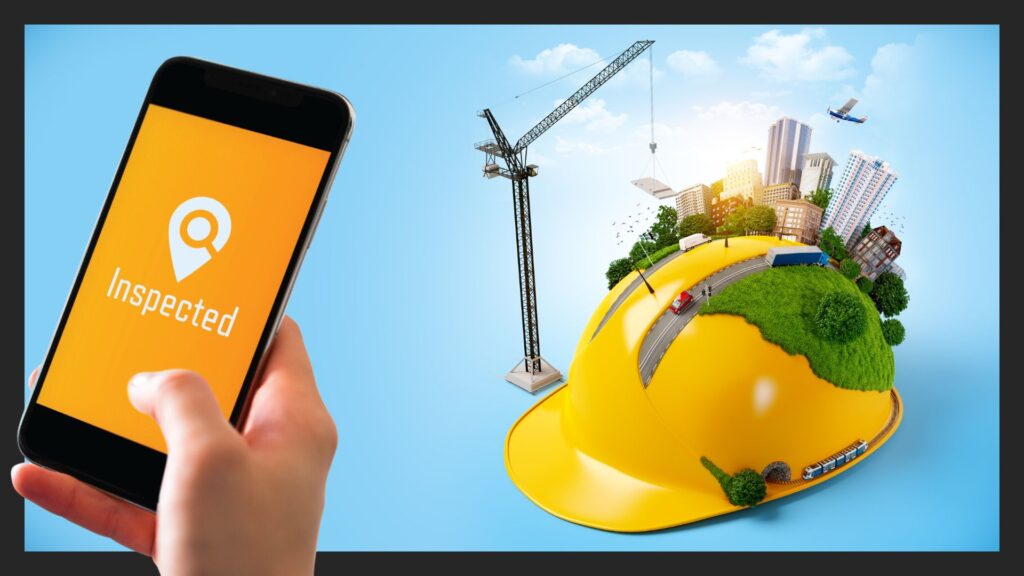We’ve come a long way since the pandemic when the National Association of Home Builders (NAHB) reported a survey that local building departments were beginning to adapt to new norms.

The survey showcased how third-party inspections were already standard operating procedure for 23% of respondents pre-virus; only 4% noted that this had started recently due to the pandemic.
– NAHB SURVEY
More notably, in response to the emergency, 20% of respondents indicated that their local building departments had recently started allowing virtual inspections.
This shift marks a significant step in the evolution of building inspection practices. Today, the Inspected app has churned out over 50,000 virtual inspections, showing how far remote video inspections have progressed.
Yet, today, the building industry is at another critical junction, grappling with increasing energy use and the urgent need to slash carbon emissions.
Buildings soak up 30% of global energy and are responsible for over a quarter of energy-related emissions. This backdrop underscores the pressing drive to make construction more sustainable, especially in areas such as heating and cooling systems, roofs, and solar panels.
A New Focus on Green Building
The International Energy Agency has ambitious targets, aiming for all new buildings and 20% of existing ones to be ready for zero carbon emissions by 2030. This necessitates the use of environmentally friendly materials and more energy-efficient systems. HVAC professionals are tasked with developing systems that reduce energy consumption and emissions.
Roofers are turning to materials that offer better insulation and reflectivity. At the same time, solar panel installers play a crucial role in harnessing renewable energy for residential and commercial use.
Closing Gaps with Virtual Inspections
Transitioning to greener buildings also presents significant challenges, including ensuring compliance with stringent building codes and maintaining high construction quality. Historically, physical inspections could suffer from biases if builders and inspectors developed overly close relationships, which could lower construction standards. Virtual inspections present a robust solution by offering a fair and consistent inspection process that ensures all participants adhere to strict regulations.
This approach minimizes the risk of biased approvals and maintains uniformity across projects. It also introduces an accountability layer, as every inspection step is recorded and can be audited.
Improving Oversight and Reducing Risk
A significant challenge with traditional inspections has been maintaining thorough oversight and clear accountability in the event of construction flaws. Virtual inspections address these issues by storing detailed, real-time records of each inspection in secure cloud storage, accessible for review at any time.
This enhanced oversight ensures that every aspect of a building, from its HVAC system to its solar panels, adheres to the highest environmental standards. Moreover, if post-inspection issues arise, virtual inspections streamline the ability to pinpoint problems back to their source.
The extensive documentation and data capture provided help delineate responsibilities clearly, reducing ambiguities about compliance with standards.
Supporting Greener Building Practices
Virtual inspections play a pivotal role as the building industry strives for greater sustainability. They make inspections more efficient and cost-effective, supporting efforts to reduce environmental impacts. By ensuring that green practices are correctly implemented, virtual inspections help the industry meet its energy efficiency goals and reduce carbon emissions.
Conclusion:
As the construction industry grows and strives to be more sustainable, integrating virtual inspections helps bridge existing gaps and enhances the quality and efficiency of construction projects. By using technology to ensure regulations are followed and to increase accountability, the industry can more effectively achieve its environmental aims and help foster a greener future.